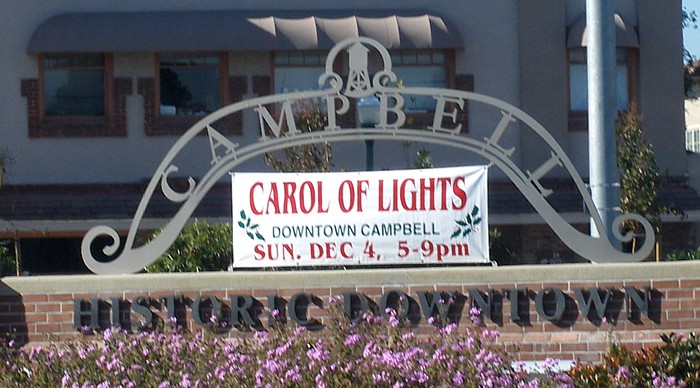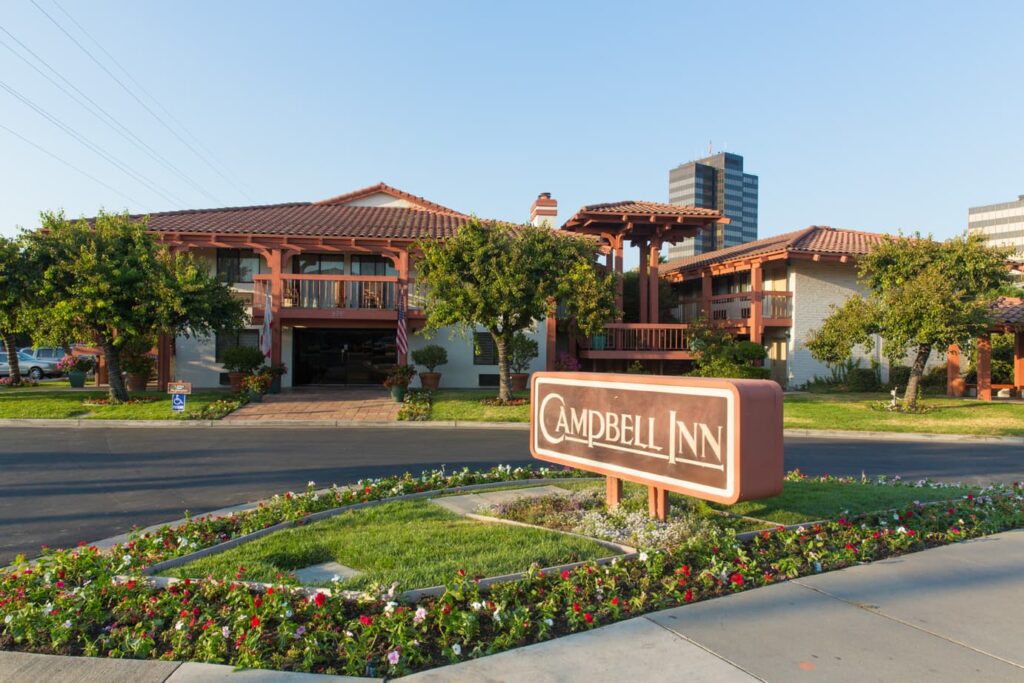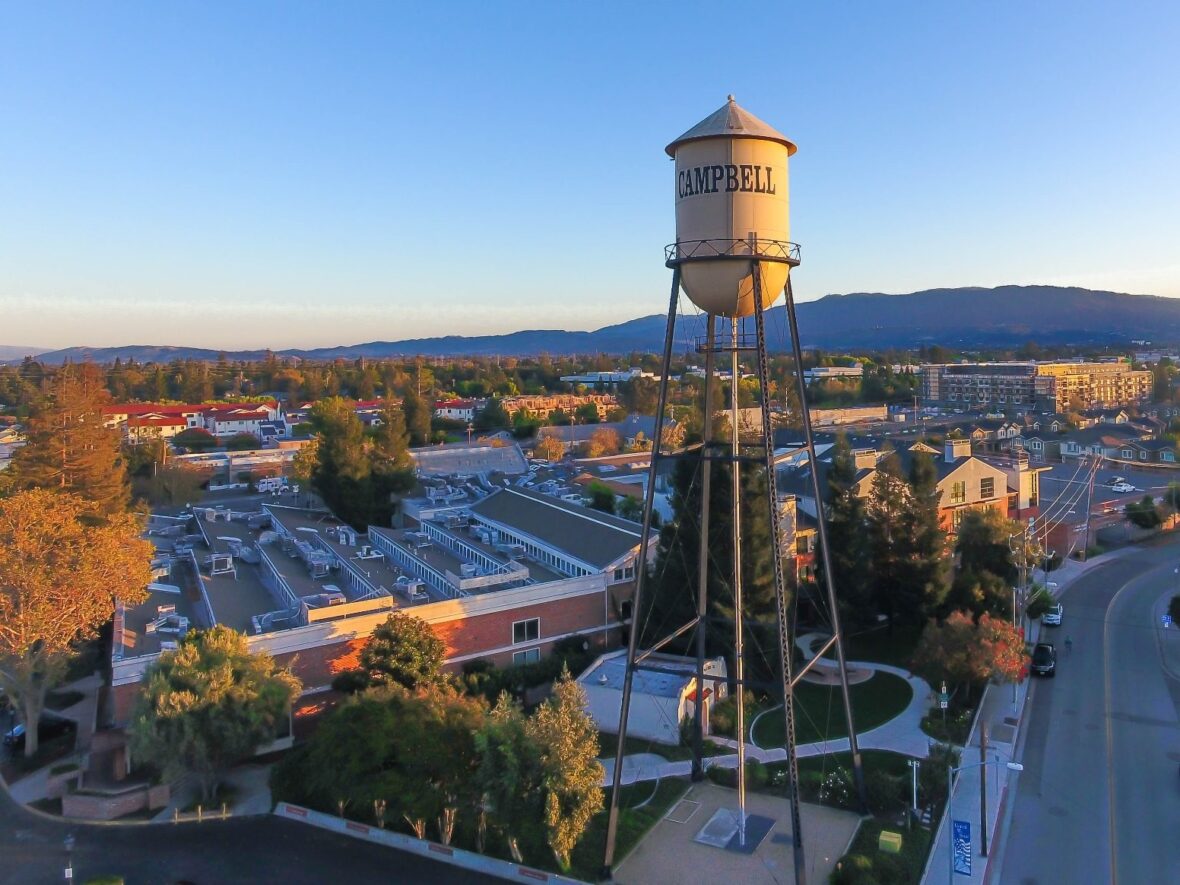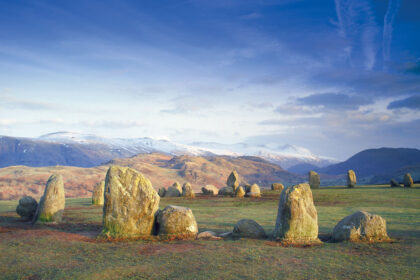Campbell is a city in Santa Clara County, California, in the San Francisco Bay Area. Take a look below for 20 amazing and fascinating facts about Campbell, California, United States.
1. As of the 2010 U.S. Census, Campbell’s population is 39,349 and was estimated to be 41,793 in 2019.
2. Campbell is home to the Pruneyard Shopping Center, a sprawling open-air retail complex which was involved in a famous U.S. Supreme Court case that established the extent of the right to free speech in California.
3. Today, the Pruneyard Shopping Center is home to the South Bay offices of the Federal Bureau of Investigation.
4. Prior to the founding of the city of Campbell, the land was occupied by the Ohlone, the Native American people of the Northern California coast.
5. About a third of present-day Campbell was part of the 1839 Alta California Rancho Rinconada de Los Gatos land grant.
6. The northern extent of the grant land was along present-day Rincon Avenue, and across the North end of John D. Morgan Park in central Campbell.
7. The city was founded by Benjamin Campbell (1826–1907), after whom the city is named.
8. Benjamin came to California in 1846 with his father, William M. Campbell I (1793–1885).

9. William started a sawmill in Saratoga, and surveyed the cities of San Jose and Santa Clara. In 1851, Benjamin bought 160 acres (0.65 km2) in southern Santa Clara Valley and cultivated hay and grain on it.
10. This area later became Campbell’s historical downtown core.
11. In 1878, Campbell sold his land for $5 an acre to a railroad company.
12. By 1887, the first subdivision was recorded west of the railroad, from Campbell Avenue to the spot where the Water Tower Plaza now stands. He and his wife Mary (née Rucker) Campbell (1834–1913) founded the city which was first known as Campbell’s Place, but would later become the town of Campbell.
13. In 1888, the Campbell School District was formed.
14. The area became the center for shipping fruit grown in the surrounding area, and within a short time, the drying grounds and canneries made Campbell an important rail center.
15. By 1892, the Campbell Fruit Growers’ Union became a well-known cooperative with its 17-acre (69,000 m2) drying yard. J.C. Ainsley Packing Company, Hyde Cannery, and Payne Cannery were the main fruit packing companies.
16. In 1895, The Bank of Campbell was founded and the first newspaper, the Campbell Weekly Visitor, began publication.

17. Campbell was incorporated as a city in 1952. The city then grew rapidly as orchard lands disappeared, tract by tract. Today, Campbell is a suburban residential neighborhood in the southern part of the Santa Clara Valley.
18. Campbell is bordered on the east and north by San Jose, on the south by Los Gatos, and on the west by a small portion of Saratoga.
19. In the early 1990s, the Ainsley House a unique English Tudor-style house built in 1925, was moved from its original site at the corner of Hamilton and Bascom Avenues (the current site of eBay’s headquarters) to the downtown quad and furnished with many of the Ainsley family’s original furnishings.
20. It has become the centerpiece for the Ainsley House and Campbell Historical Museum, which houses additional exhibits in the nearby old firehouse. The Ainsley House was built in the style of English country cottages for John Colpitts Ainsley, a canning pioneer in Santa Clara County, which was at the time known for its vast spreads of fruit orchards.




